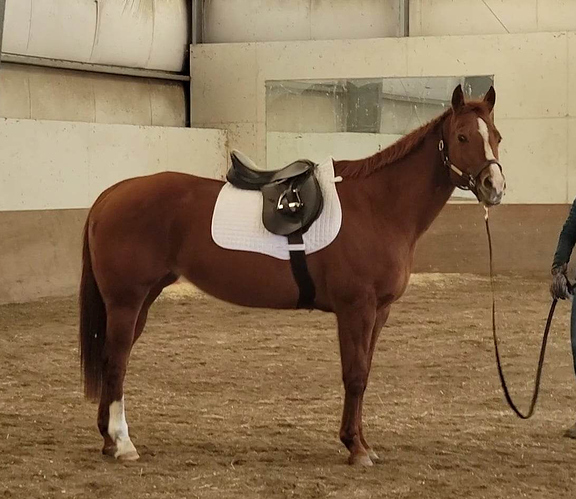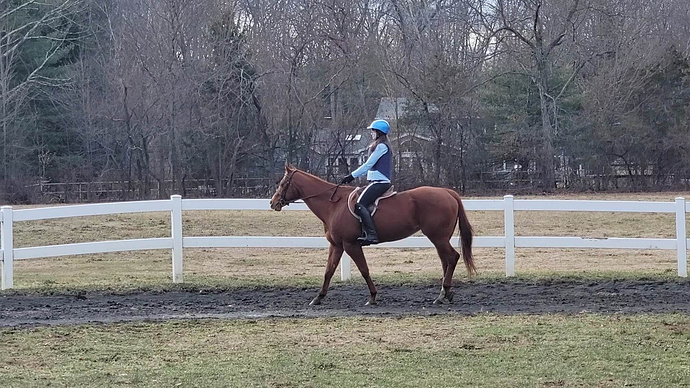I have had my mare for 2 months now and her PPE didn’t show signs of pain. Now she is stiff attempting bends/carrot stretches to either side, and when my trainer tested her longissimus dorsi for soreness, she found a spot she could press into and cause the muscle to contract. Horse also tends to flinch when I curry that area. She also has the same thing on both sides in the meaty middle part of her gluteals.
The saddler is checking the fit of her saddle tomorrow and hopefully will find something to tweak or adjust. I’m hoping that is the case as opposed to something else, because horse is in very light work at the moment.
Massage, chiropractic, accupuncture, etc are not financially an option for me right now. What can I do to loosen her up and work on the muscle knots/trigger points at home? How worried about this should I be? As a new horse owner I’m trying not to let myself get whipped into a frenzy over this but I know how back pain in humans tends to be a tricky thing to treat/pinpoint and usually never gets resolved, so I’m really nervous and maybe a little scared.




